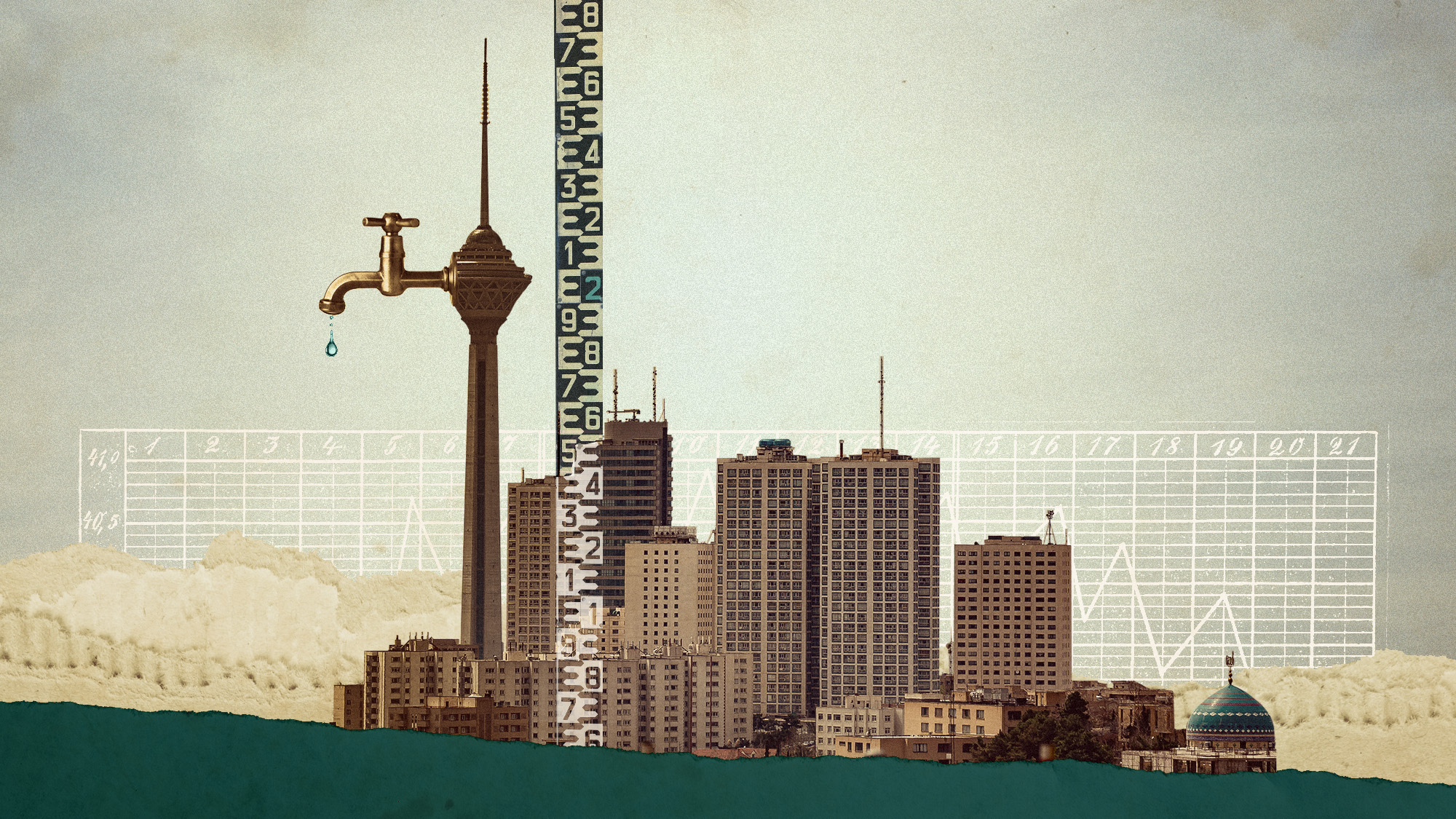The Southern Ocean is holding in a ‘burp’
The heat from the past can affect the future


Humans burp after a big meal. Heat from climate change might be released by the Southern Ocean into the atmosphere sometime in the future. This heat would cause comparable heating to anthropogenic climate change. The longer humans continue to release emissions, the more heat will be trapped in the ocean.
Bring up the heat
Heat trapped in the Southern Ocean could be “burped” up into the atmosphere and cause climate change-like effects, even after humans stop greenhouse gas emissions, according to a study published in the journal AGU Advances. This burp “originates from heat that has previously accumulated under global warming in the deep Southern Ocean, and emerges to the ocean surface via deep convection,” said the study. As a result, there could be a “renewed pulse of warming from the maritime zone, without any new CO2 entering the atmosphere,” said Daily Galaxy.
The study showed that this release would occur “after several centuries of net negative emissions levels and gradual global cooling,” and could lead to a “decadal- to centennial-scale period of warming,” said Eos. This warming would be “comparable to average historical anthropogenic warming rates.” The released heat will not be distributed evenly around the world; the effects would be “greatest and longest-lasting in the Southern Hemisphere, suggesting a greater impact on today's more vulnerable countries of the global south,” said the study. However, “while some CO2 is released, the primary impact is thermal, not chemical,” said Daily Galaxy.
The Week
Escape your echo chamber. Get the facts behind the news, plus analysis from multiple perspectives.

Sign up for The Week's Free Newsletters
From our morning news briefing to a weekly Good News Newsletter, get the best of The Week delivered directly to your inbox.
From our morning news briefing to a weekly Good News Newsletter, get the best of The Week delivered directly to your inbox.
Ocean on hold
Oceans act as a carbon sink, meaning they are capable of holding atmospheric carbon. The ocean will likely continue to “absorb heat well after atmospheric CO2 peaks and net-negative emissions are reached, because surface atmospheric temperatures also take their time to fall,” said Science Alert. The future Southern Ocean also has a “greatly increased capacity to absorb shortwave solar radiation, since much of the sea ice that historically reflected the heat has melted.”
The burp is attributed to two processes. These are warmer surface waters mixing with cooler layers and ventilating heat into the depths, plus the “ocean’s natural heat release pathways” are becoming less active, said Daily Galaxy. These “combined effects trap heat where it cannot easily escape, setting the stage for a delayed warming rebound.”
The potential for this “burp” “assumes a rosy climate future,” said Popular Mechanics. Unfortunately, we are a long way from being carbon negative or reaching net-zero. This is especially true as the Trump administration “openly encourages other countries (along with the U.S.) to keep burning fossil fuels.”
The study shows that “burning fossil fuels with reckless abandon for centuries will have lasting impacts long after the green revolution finally takes hold,” said Popular Mechanics. But the “sooner we can achieve this technological dream, the better our chances are for preserving a future.”
A free daily email with the biggest news stories of the day – and the best features from TheWeek.com
Devika Rao has worked as a staff writer at The Week since 2022, covering science, the environment, climate and business. She previously worked as a policy associate for a nonprofit organization advocating for environmental action from a business perspective.
-
 Cryptocurrency and the future of politics
Cryptocurrency and the future of politicsIn The Spotlight From electoral campaigns to government investments, crypto is everywhere and looks like it’s here to stay
-
 Ssh! UK libraries worth travelling for
Ssh! UK libraries worth travelling forThe Week Recommends From architectural delights to a ‘literary oasis’, these are some of the best libraries around the country
-
 A fentanyl vaccine may be on the horizon
A fentanyl vaccine may be on the horizonUnder the radar Taking a serious jab at the opioid epidemic
-
 Pros and cons of geothermal energy
Pros and cons of geothermal energyPros and Cons Renewable source is environmentally friendly but it is location-specific
-
 Death toll from Southeast Asia storms tops 1,000
Death toll from Southeast Asia storms tops 1,000speed read Catastrophic floods and landslides have struck Sri Lanka, Indonesia, Thailand and Malaysia
-
 Can for-profit geoengineering put a pause on climate change?
Can for-profit geoengineering put a pause on climate change?In the Spotlight Stardust Solutions wants to dim the sun. Scientists are worried.
-
 How will climate change affect the UK?
How will climate change affect the UK?The Explainer Met Office projections show the UK getting substantially warmer and wetter – with more extreme weather events
-
 Can the UK do more on climate change?
Can the UK do more on climate change?Today's Big Question Labour has shown leadership in the face of fraying international consensus, but must show the public their green mission is ‘a net benefit, not a net cost’
-
 Did Cop30 fulfil its promise to Indigenous Brazilians?
Did Cop30 fulfil its promise to Indigenous Brazilians?Today’s Big Question Brazilian president approves 10 new protected territories, following ‘unprecedented’ Indigenous presence at conference, both as delegates and protesters
-
 Can the world adapt to climate change?
Can the world adapt to climate change?Today's Big Question As the world gets hotter, COP30 leaders consider resilience efforts
-
 Taps could run dry in drought-stricken Tehran
Taps could run dry in drought-stricken TehranUnder the Radar President warns that unless rationing eases water crisis, citizens may have to evacuate the capital
